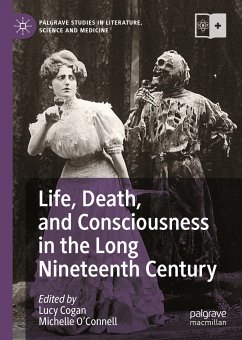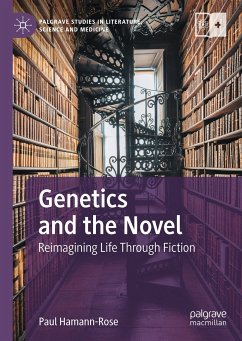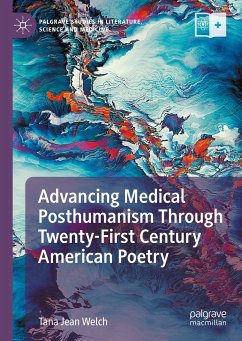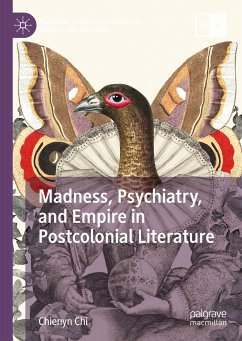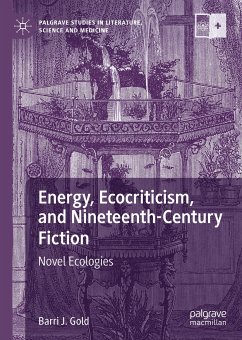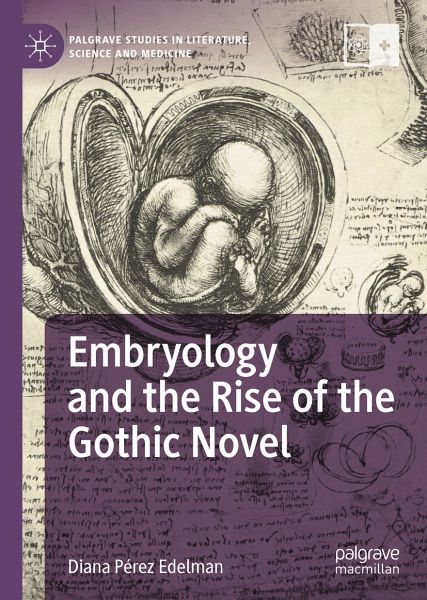
Embryology and the Rise of the Gothic Novel (eBook, PDF)
Versandkostenfrei!
Sofort per Download lieferbar
80,95 €
inkl. MwSt.
Weitere Ausgaben:

PAYBACK Punkte
40 °P sammeln!
This book argues that embryology and the reproductive sciences played a key role in the rise of the Gothic novel in the eighteenth and nineteenth centuries. Diana Pérez Edelman dissects Horace Walpole's use of embryological concepts in the development of his Gothic imagination and provides an overview of the conflict between preformation and epigenesis in the scientific community. The book then explores the ways in which Gothic literature can be read as epigenetic in its focus on internally sourced modes of identity, monstrosity, and endless narration. The chapters analyze Horace Walpole's Th...
This book argues that embryology and the reproductive sciences played a key role in the rise of the Gothic novel in the eighteenth and nineteenth centuries. Diana Pérez Edelman dissects Horace Walpole's use of embryological concepts in the development of his Gothic imagination and provides an overview of the conflict between preformation and epigenesis in the scientific community. The book then explores the ways in which Gothic literature can be read as epigenetic in its focus on internally sourced modes of identity, monstrosity, and endless narration. The chapters analyze Horace Walpole's The Castle of Otranto; Ann Radcliffe's A Sicilian Romance, The Italian, and The Mysteries of Udolpho; Mary Shelley's Frankenstein; Charles Robert Maturin's Melmoth the Wanderer; and James Hogg's Confessions of a Justified Sinner, arguing that these touchstones of the Gothic register why the Gothic emerged at that time and why it continues today: the mysteries of reproduction remain unsolved.
Dieser Download kann aus rechtlichen Gründen nur mit Rechnungsadresse in A, B, BG, CY, CZ, D, DK, EW, E, FIN, F, GR, HR, H, IRL, I, LT, L, LR, M, NL, PL, P, R, S, SLO, SK ausgeliefert werden.



